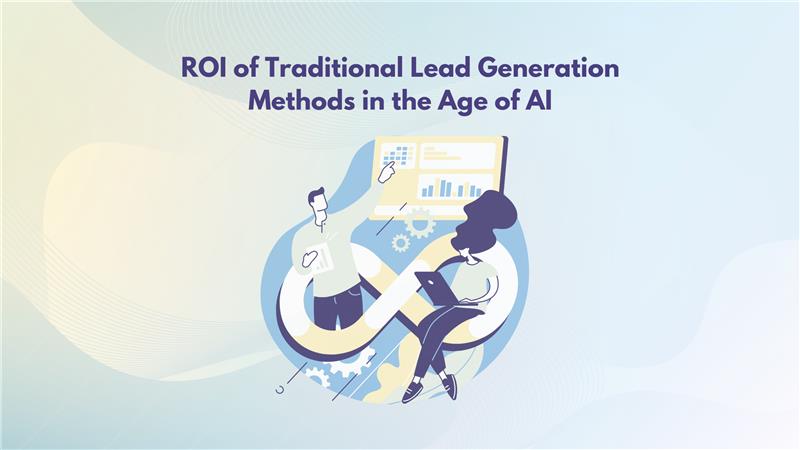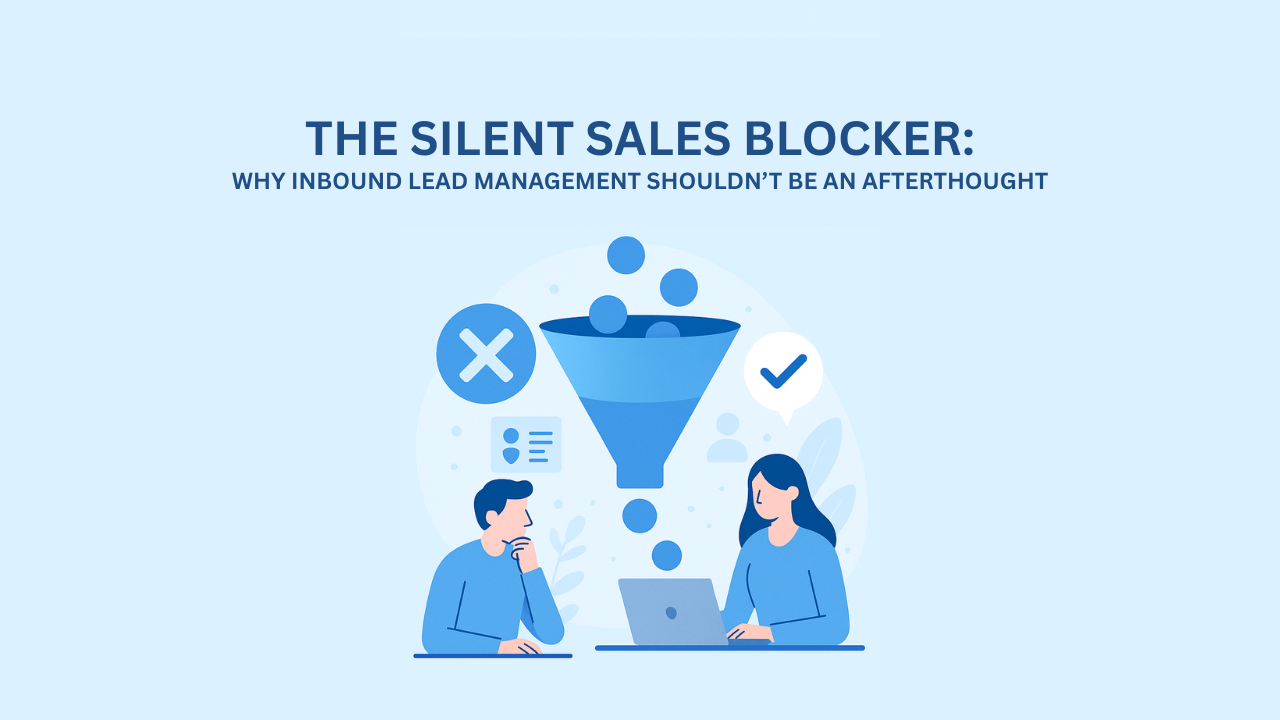
Research Blog: Social Media and Lead Scoring Methodology
Social Media Scoring
Overview
Social media engagement is a trending way to reach customers and consumers in these times. In the present times, it is essential to use social media engagement as a marketing strategy. However, simply creating a page, regular posts, responding to questions, etc. are not the only activities. There should be metrics to check and analyze the performance of these activities. The details are usually dependent on platform and customer base. But there are few basic metrics that are common with every platform.
Factors to Consider
- Awareness – One of the vital results of digital marketing is brand awareness. Users should be aware of your brand page, posts, updates, etc. The number of shares, mentions, impressions, etc. are the metrics to calculate brand awareness. The more the better.
- Reachability – The posts that are made should reach the users. Else they don’t create any value, not only to your followers, but also to connections of your followers, so on and so forth. As per statistics, if a follower shares a post, around 5% of their connections would be prospects and among this 5%, there would be some who might share the post further and the statistics repeat.
- Engagement & Discussion – Engaging posts add more value than regular posts—posts which allow followers and users to initiate a conversation, replying to others posts when they mention the brands name, replying to their DMs, etc. These activities let users know how active the company is and gives them a feeling of personalization. Social media platforms like Twitter, Facebook & LinkedIn are platforms that are frequently used for these types of conversations. The metrics for this helps to understand how much the users are interested in engaging and communicating, and how satisfied they are with the same, which in the end will determine their interest level and the brand image.
- CPC & CPP – CPC, i.e., cost per click, and CPP, i.e., clicks per post—these costs give an idea as to whether the investments are in the right direction or not. CPC gives more clarity about the cost, while CPP informs about the result the posts are yielding. The number of clicks on the links shared showcase if the message has reached the reader and the target audience.
- Search-Organic vs Paid – If you have followers completely based on posts that you have shared without any paid boost, that means the post is generating organic traffic. But, when the post is boosted through paid services, then that post is generating paid traffic. Knowing the metrics of these will showcase which posts are better and which are not, to take a decision whether to re-invest in the same keywords or to look out for new keywords.
- Conversion & Bounce – In the end, all the digital marketing activities can be considered fruitful only if leads are generated and there is a good rate of conversions i.e., readers clicking on the links posted and then acting on the same. But if they leave without acting on the link, it is considered as bounce and bounce rate shows how often it happens. The metrics of these attributes will give an idea about the end result of the digital marketing activities and whether to simply continue or change the strategy.

Lead Scoring
Overview
Lead generation is a vital activity for every organization—an on-going activity for the pre-sales and/or the sales department. But simply generating leads through various channels and running the same activities on all the leads don’t work. It’s like throwing all stones in the same way and hoping one will hit. Wastage of resources and time results in higher cost per sale. That’s why the lead scoring model has been practiced in the corporate workspace. Lead scoring is a methodology used to give ranks or scores to all the generated leads. The ranks or scores are usually given with 1-5 or 1-10 or 1-100. The model differs from business to business, as the lead base and target audience are different. But we will look into some of the basic pointers which are to be considered while doing a lead scoring.
Factors to Consider
Database Cleaning – Lead generation and database gathering is a tedious task. There are leads with all the information, incomplete information, or no information at all. It’s not easy to get information from the visitors. That’s why one of the first steps is to clean the database. Discard leads with no information or unusable incomplete information, try to get more information of leads who have given partial but useful information and sort leads with complete information. Further, divide the leads into 2 groups i.e., converted leads and dead leads. Check for common patterns among the converted leads which can help you to identify the strategy that works.
Lead demographics – Understanding lead demographics is crucial. Their location, professional information, personal information, social media details, etc. are some of the demographic information. Though old school, it is still useful to have this information. This data can help to understand behavioral and engagement analysis.
Scoring Threshold – While scoring leads to understanding the status of the leads, a threshold needs to be decided upon for scoring. The decided threshold will help to portray the position of leads i.e., whether a lead is an MQL or SQL, or none yet. The threshold can be given through points, i.e., giving points to every lead depending on the information and activities, and updating the score every time there is an action or activity by the lead. However, it is quite a tricky activity. If the points are too low, the sales team will waste hours on non-convertible leads, whereas if it’s too high, the pre-sales team might miss out on a good potential lead. One of the best ways to decide on the threshold factor is to understand and analyze common activities that are performed when a lead becomes qualified—activities like asking for specific quotations, demo, etc.
Explicit, Implicit & Negative Scoring – The data points for scoring leads can vary from business to business. But there are few basic ways of scoring.
- Explicit Scoring – Explicit scoring is when the professional information is considered. Job title, department, industry, location, experience level, seniority level, etc. are some of the professional information that can be considered for scoring. This information can be procured voluntarily through questionnaires or through data research.
- Implicit Scoring – Implicit scoring is when the leads’ digital footprints and/or digital behavior are considered. Digital footprints and behavior can give clarity about the interests of the leads and whether they can be converted or not. Website visits, email subscription, social media following, contact requests, free demos/trials, etc. are some of the data points that can be captured using technology and can be analyzed to give points and decide whether the leads are approachable or not.
- Negative Scoring – Every lead takes some steps. But not every step can lead to sales or conversion of lead. Some steps are taken while moving away and while losing interest. Negative scoring for these types of steps is necessary. It is to understand whether a lead is either moving towards conversion or moving away from the same. Also, if any reasons for certain negative steps are found, they could be worked on and resolved to guide leads further towards conversion.
Score Upgrading and Degrading – Leads go through the process to be filtered as qualified, unqualified and others. The filtering process differs for different businesses. When leads go through that funnel, some leads upgrade to become more qualified while some leads degrade. This happens when lead takes or stops certain actions like opening company emails, picking calls, etc. The process of upgrading or degrading will indicate whether leads are stagnant or not, the reasons behind degradation, common reasons behind upgradation, etc.
Regular update – Last but not the least, any model that is created becomes outdated in a few years. In these times where technological advancements happen every now and then, it is vital that the model is updated on a regular basis so that new leads are not missed out due to some new characteristics which the model failed to consider.
Sources
Social Media Scoring
- https://neilpatel.com/blog/essential-social-media-metrics/
- https://www.singlegrain.com/blog-posts/10-ways-to-measure-social-media-engagement/
- https://blog.hootsuite.com/social-media-metrics/
Lead Scoring
- https://www.zendesk.com/blog/best-lead-scoring-models-7-factors/
- https://socialfactor.com/blog/a-beginners-guide-to-lead-scoring/
- https://outfunnel.com/lead-scoring/

ROI of Traditional Lead Generation Methods in the Age of AI

In today’s hyper-connected B2B environment, companies invest thousands, sometimes millions, into driving traffic, generating content, running campaigns, and getting potential buyers to raise their hands.
But what happens when those inbound leads actually do show up?

AI is rapidly changing the sales landscape, automating outreach, personalizing engagement, and handling routine tasks at scale. But does this mean the traditional Sales Development Representative (SDR) role is becoming obsolete?